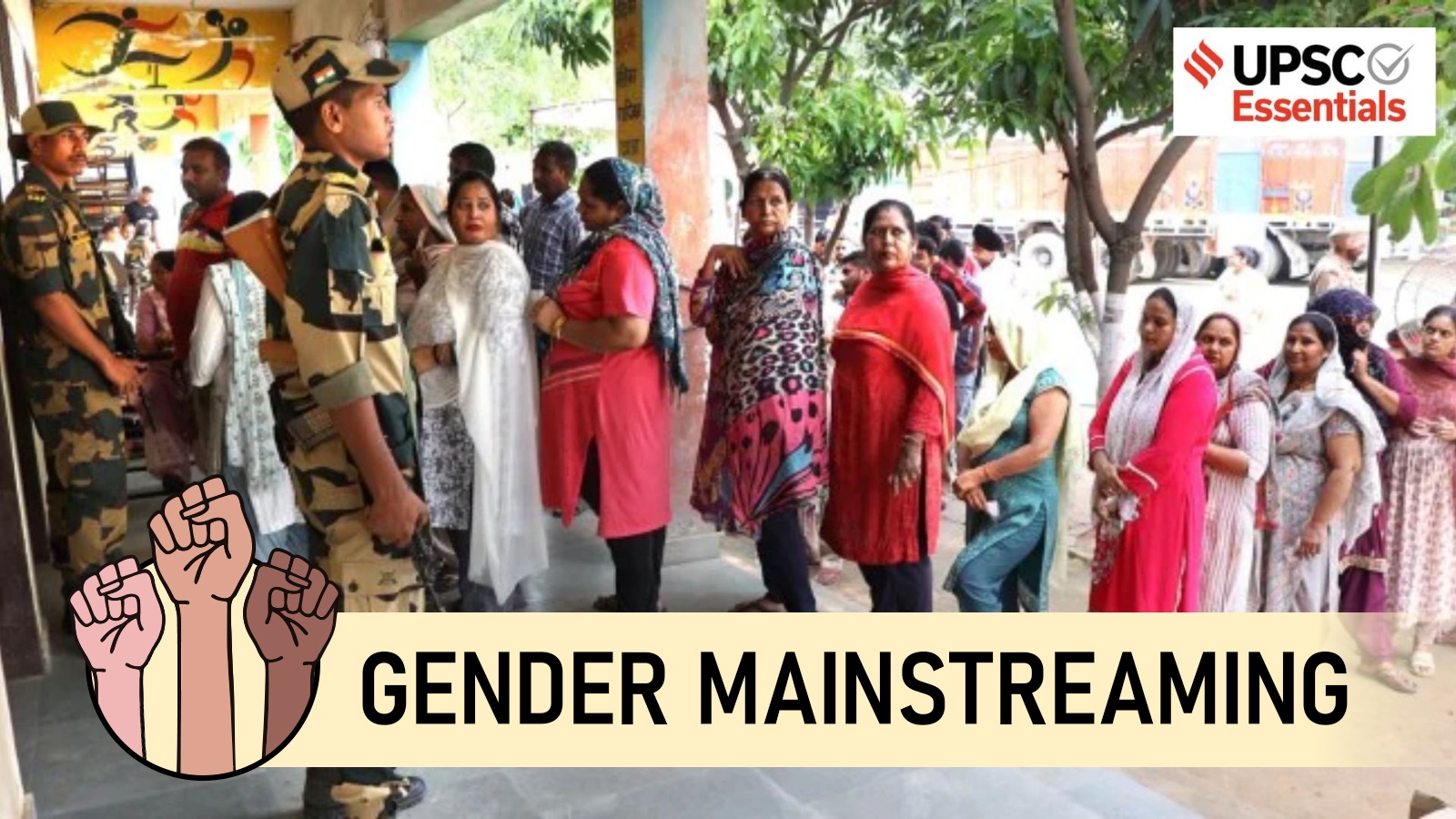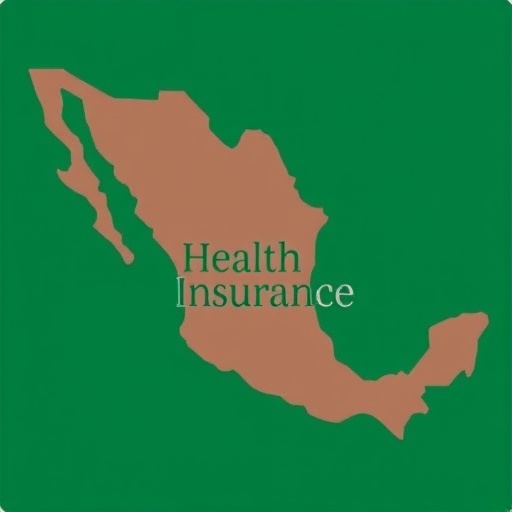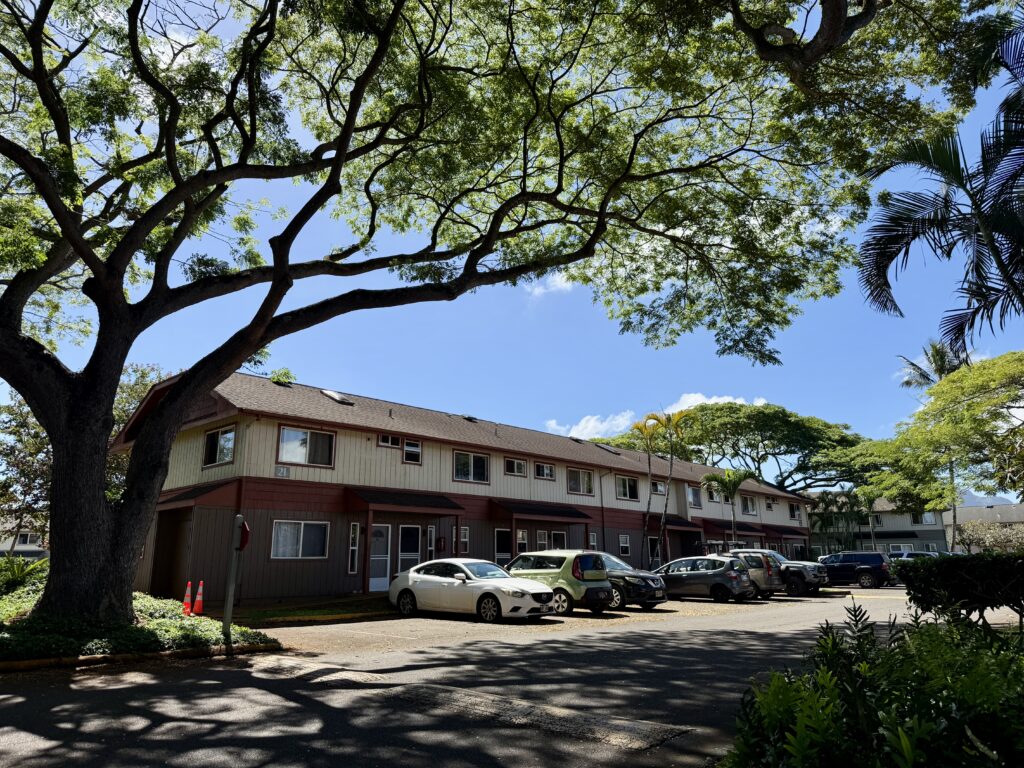Greenville’s economic development arm aims to sustain dramatic growth – upstate business journal

Report on Greenville’s Economic Development Strategy and Alignment with Sustainable Development Goals
Introduction: A Strategic Pivot Towards Sustainable Growth
In response to significant growth, the city of Greenville has transitioned to a strategic economic development approach, formalized in its 2022 Economic Development Strategic Plan. This initiative led to the establishment of the Greenville City Economic Development Corp. (GCEDC) in April 2024, under the leadership of President and CEO Sam Konduros. The corporation’s mandate is to manage growth by attracting targeted investment and fostering a resilient economic future, directly aligning with SDG 8 (Decent Work and Economic Growth) and SDG 11 (Sustainable Cities and Communities).
A New Paradigm for Economic Development
Targeted Recruitment for High-Value Impact
The GCEDC leverages Greenville’s existing economic momentum to be highly selective in its recruitment efforts. Recognizing the limitations of its urban and suburban landscape for large-scale manufacturing, the organization prioritizes high-value, knowledge-based industries that require a smaller physical footprint but yield a significant economic impact. This strategy supports SDG 9 (Industry, Innovation, and Infrastructure) by focusing on technologically advanced sectors. The current pipeline includes 156 active opportunities.
Primary recruitment sectors include:
- Headquarters and Corporate Offices
- Technology and Financial Technology
- Life Sciences and Biotechnology
- Research and Development
- Automotive and Aerospace Innovation
- High-Caliber Mixed-Use Projects
- Downtown Retail
A Holistic Approach to Urban Prosperity
The city’s economic strategy is intrinsically linked to its high quality of life, which serves as a primary asset in attracting investment. This holistic approach, which integrates urban aesthetics, community safety, and progressive urban planning, is central to achieving SDG 11 (Sustainable Cities and Communities). The city’s updated development code and its support for high-quality mixed-use projects signal a commitment to safeguarding and enhancing the urban environment for both residents and businesses. The city also utilizes creative local incentives, such as certifying abandoned buildings for state tax credits, to attract projects that may not qualify for traditional state-level manufacturing incentives.
Fostering Inclusive and Equitable Growth
Empowering Small and Diverse Businesses
A core component of the GCEDC’s strategy is strengthening the local business ecosystem, with a particular focus on inclusivity. This commitment directly addresses SDG 5 (Gender Equality) and SDG 10 (Reduced Inequalities) through the launch of two new grant programs aimed at supporting small businesses, with an emphasis on minority and women-owned enterprises. This initiative also contributes to SDG 8 by promoting entrepreneurship and creating diverse employment opportunities.
- Micro-Grant Program: Provides awards of up to $5,000 to local entrepreneurs, matching city funds with federal Community Development funding.
- Rising Star Grant Program: Supports more advanced startups with annual awards of $25,000, $15,000, and $10,000.
A Collaborative Hub for Regional Advancement
Strategic Partnerships for Collective Success
The GCEDC operates on a principle of collaboration, minimizing duplicated efforts by partnering with key regional organizations. This model exemplifies SDG 17 (Partnerships for the Goals). Key partners include:
- Greenville-Spartanburg International Airport (GSP): A critical infrastructure partner supporting regional connectivity and economic activity, aligning with SDG 9.
- Clemson University International Center for Automotive Research (CU-ICAR): A driver of innovation in a key regional industry cluster.
- NextGEN: An essential partner in developing Greenville’s startup ecosystem and positioning the city as an innovation hub for sectors like life sciences and financial technology.
This collaborative framework recognizes Greenville’s role as an economic epicenter for the entire Upstate region, ensuring that its growth contributes to broader regional prosperity.
Future Planning and Implementation
Developing a Formal Business Plan
To further operationalize its strategy, the GCEDC is developing a comprehensive business plan. The corporation has engaged Civic Solutions Partnership, a consulting firm, to facilitate a multi-phase process. This plan will be derived from the city’s existing Economic Development Strategic Plan and will detail key partners, activities, and focus areas, ensuring a structured and accountable path toward achieving Greenville’s sustainable development objectives.
Analysis of Sustainable Development Goals in the Article
1. Which SDGs are addressed or connected to the issues highlighted in the article?
-
SDG 5: Gender Equality
The article addresses SDG 5 by highlighting initiatives aimed at empowering women economically. The Greenville City Economic Development Corp. (GCEDC) has launched grant programs with a “particular focus on minority and women-owned businesses,” which directly supports the economic inclusion and empowerment of women entrepreneurs.
-
SDG 8: Decent Work and Economic Growth
This is a central theme of the article. The entire piece focuses on Greenville’s “economic development strategic plan” to “attract investment and create stable growth.” It discusses creating jobs by attracting high-value companies, supporting existing businesses, and fostering entrepreneurship through grant programs for small businesses and startups.
-
SDG 9: Industry, Innovation, and Infrastructure
The article connects to SDG 9 through its emphasis on building a modern and innovative economy. The GCEDC is specifically targeting “high-tech innovators” and focusing on sectors like “automotive and aerospace,” “life sciences and biotechnology,” and “financial technology.” This strategy aims to upgrade the city’s industrial and technological capabilities and foster innovation.
-
SDG 10: Reduced Inequalities
The article touches upon SDG 10 by mentioning efforts to ensure inclusive growth. The new grant programs for small businesses specifically target “minority and women-owned businesses,” aiming to reduce economic disparities and support the success of historically disadvantaged entrepreneurial groups.
-
SDG 11: Sustainable Cities and Communities
SDG 11 is relevant as the article discusses Greenville’s approach to managing urban growth. It mentions the city’s “updated development code” which “works to produce a more coherent, integrated urban environment.” The focus on quality of life, safety, and creating attractive mixed-use projects to make the city a “great place to live, work and play” aligns with the goal of making cities inclusive, safe, resilient, and sustainable.
-
SDG 17: Partnerships for the Goals
The article strongly highlights the importance of partnerships. It describes how the GCEDC collaborates with other organizations like “Greenville-Spartanburg International Airport,” “Clemson University International Center for Automotive Research,” and “NextGEN” to achieve its economic objectives. This collaborative approach is a core principle of SDG 17.
2. What specific targets under those SDGs can be identified based on the article’s content?
-
Target 5.5: Ensure women’s full and effective participation and equal opportunities for leadership in political, economic and public life.
This target is addressed through the GCEDC’s grant programs, which have a “particular focus on minority and women-owned businesses,” thereby promoting equal opportunities for women in economic life.
-
Target 8.2: Achieve higher levels of economic productivity through diversification, technological upgrading and innovation.
The city’s strategy to pursue “high-value prospects like headquarters and high-tech innovators” and focus on sectors like “life sciences, biotechnology and financial technology” directly aligns with this target.
-
Target 8.3: Promote development-oriented policies that support productive activities, decent job creation, entrepreneurship, creativity and innovation…and encourage the formalization and growth of micro-, small- and medium-sized enterprises.
This is directly supported by the launch of the “Micro-Grant” and “Rising Star Grant” programs, which are designed to support “small businesses and startups” and catalyze job growth from existing businesses.
-
Target 9.3: Increase the access of small-scale industrial and other enterprises…to financial services, including affordable credit.
The new grant programs, providing awards up to $5,000 and $25,000, are a direct implementation of this target, increasing access to financial services for small enterprises in Greenville.
-
Target 10.2: By 2030, empower and promote the social, economic and political inclusion of all, irrespective of…race…or other status.
The specific focus of the grant programs on “minority and women-owned businesses” is a clear effort to promote the economic inclusion of these groups.
-
Target 11.3: By 2030, enhance inclusive and sustainable urbanization and capacity for…integrated and sustainable human settlement planning and management.
The article mentions the city’s “updated development code” and strategic planning to “produce a more coherent, integrated urban environment” and “safeguard and enhance the qualities that make Greenville so attractive,” which relates directly to sustainable urban planning.
-
Target 17.17: Encourage and promote effective public, public-private and civil society partnerships.
The article explicitly details the GCEDC’s collaborative approach, working with partners like GSP International Airport, Clemson University’s research center, and the startup ecosystem builder NextGEN to “drive the regional economy.”
3. Are there any indicators mentioned or implied in the article that can be used to measure progress towards the identified targets?
Yes, the article mentions or implies several indicators:
- Number and value of grants awarded to small businesses: The article specifies the “Micro-Grant” program provides “up to $5,000 grant awards” and the “Rising Star Grant” program provides “$25,000, $15,000 and $10,000 awards.” Tracking the number and total value of these grants is a direct indicator.
- Proportion of businesses supported by grants that are women- or minority-owned: Since the grant programs have a “particular focus on minority and women-owned businesses,” tracking this proportion would measure progress towards targets 5.5 and 10.2.
- Number of active economic development projects: The article states the organization’s pipeline includes “156 active opportunities, including qualified leads, prospects and projects.” This number serves as a direct indicator of economic activity and investment attraction efforts.
- Growth in targeted high-value sectors: Progress can be measured by tracking investment and job growth in the specified recruitment sectors, such as “Life sciences and biotechnology” and “financial technology.”
- Number of new company headquarters and R&D facilities: The recruitment effort’s focus on “Headquarters and office” and “Research and development” implies that tracking the number of these facilities established in Greenville is a key performance indicator.
- Implementation of strategic plans: The development and completion of the new “business plan” for the city, stemming from the “Economic Development Strategic Plan,” is a tangible indicator of progress in strategic management.
4. Table of SDGs, Targets, and Indicators
| SDGs | Targets | Indicators Identified in the Article |
|---|---|---|
| SDG 5: Gender Equality | 5.5: Ensure women’s full participation and equal opportunities in economic life. | Proportion of grant funding and support directed to women-owned businesses. |
| SDG 8: Decent Work and Economic Growth | 8.2: Achieve higher economic productivity through diversification and innovation. 8.3: Promote policies that support entrepreneurship and SMEs. |
Number of active economic opportunities (156 mentioned); Growth in high-tech sectors; Number and value of grants awarded to SMEs (Micro-Grant up to $5k, Rising Star up to $25k). |
| SDG 9: Industry, Innovation, and Infrastructure | 9.3: Increase access of small-scale enterprises to financial services. | Launch and funding of the Micro-Grant and Rising Star Grant programs for startups and small businesses. |
| SDG 10: Reduced Inequalities | 10.2: Empower and promote the social and economic inclusion of all. | Grant programs with a “particular focus on minority…owned businesses.” |
| SDG 11: Sustainable Cities and Communities | 11.3: Enhance inclusive and sustainable urbanization and planning. | Implementation of the city’s “updated development code” and “Economic Development Strategic Plan” to manage urban growth. |
| SDG 17: Partnerships for the Goals | 17.17: Encourage and promote effective public-private and civil society partnerships. | Number of formal collaborations with key partners (GSP Airport, Clemson University, NextGEN, Civic Solutions Partnership). |
Source: upstatebusinessjournal.com

What is Your Reaction?
 Like
0
Like
0
 Dislike
0
Dislike
0
 Love
0
Love
0
 Funny
0
Funny
0
 Angry
0
Angry
0
 Sad
0
Sad
0
 Wow
0
Wow
0
































_1.png?#)












































